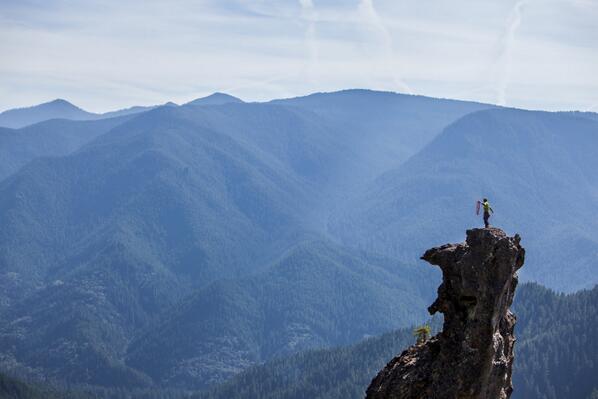Walking is one of the primary human activities. Today it is possible to live seated passing from one seat to another. Therefore sports organizations and public institutions should promote a joint project to promote walking: it would be innovative and much needed to safeguard the welfare of the citizens.
Several psychosocial aspects involved in the success of this idea ; concern the substance of the perception that people have of:
- how valuable and rewarding to walk in their city ,
- which motivation the walk satisfies
- as their overall well-being comes out strengthened.
These three aspects should reach to create a unique integrated individual model, which it allows to easily switch from the intention of walking (I would like to do) the action (I’m doing).
Being aware of these three aspects and their interaction becomes, therefore, necessary for the success of this walk project. We know that we appreciate the walk into town if:
- we see others walk going to work,
- there are green, safe and attractive spaces,
- the streets are safe ,
- pedestrian accidents are rare,
- there are schools where you walk ,
- the traffic is reduced.
In relation to the individual motivations, the people are oriented to perform an activity that:
- reduces daily stress and improve mood,
- increases a good relationship with the body,
- takes place outdoors,
- can be done with friends,
- respects the individual rhythms and is moderately intense,
- both easy and affordable.
The third aspect of this approach concerns the promotion of the welfare. This result derives from the interaction between the two aspects described and which relate to the criteria of walkability and motivation . When they meet the individual shows a higher level of personal satisfaction, which provides a better sense of well-being .






